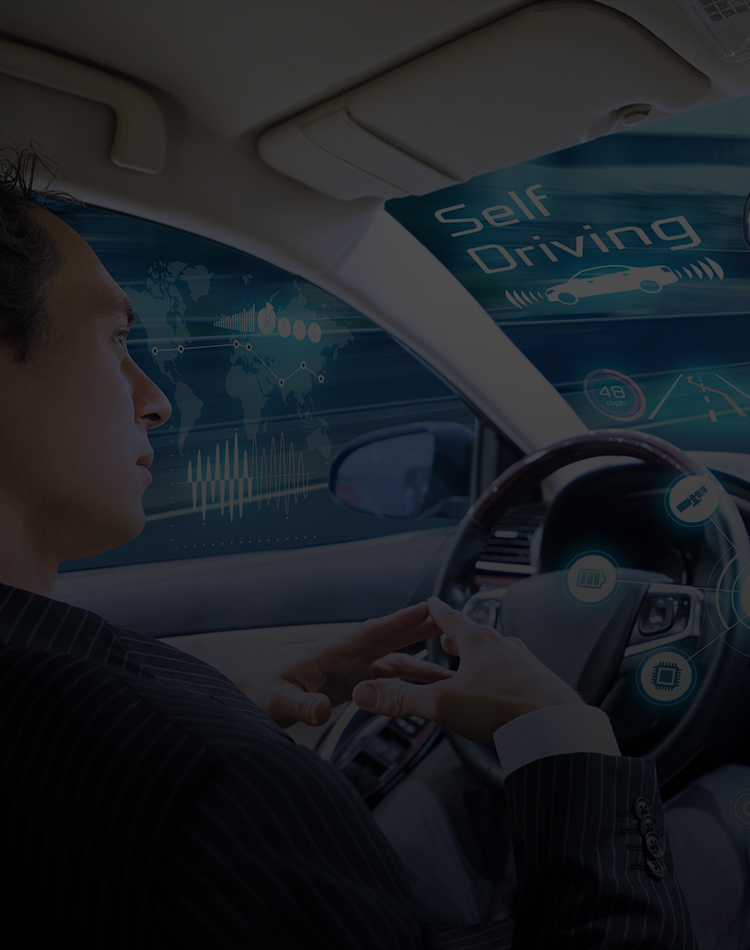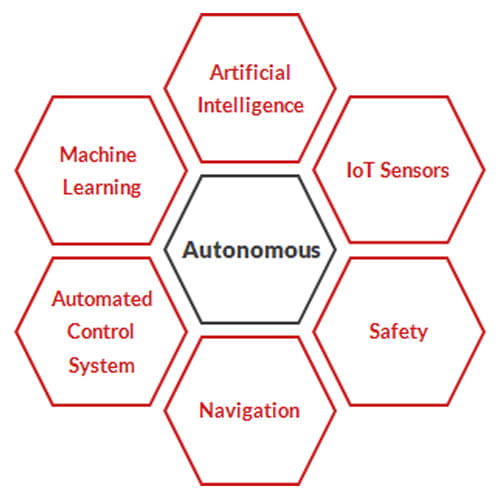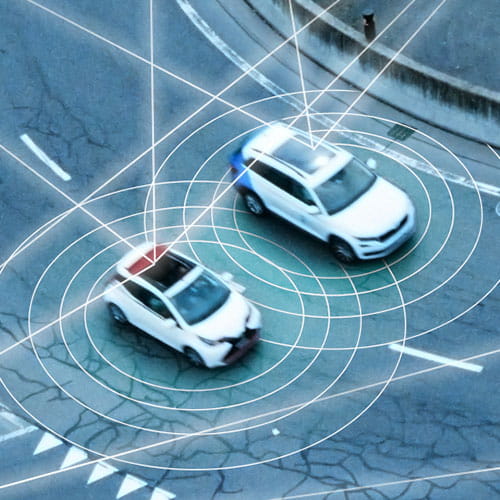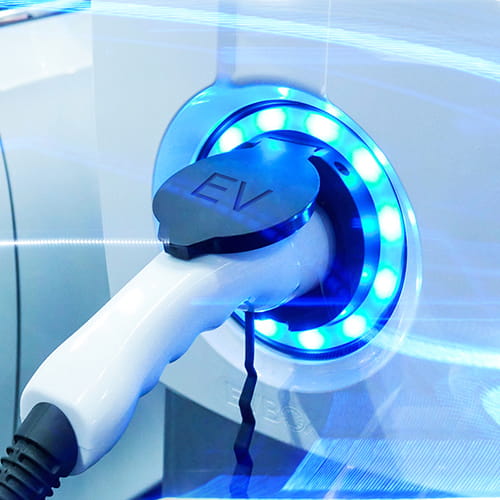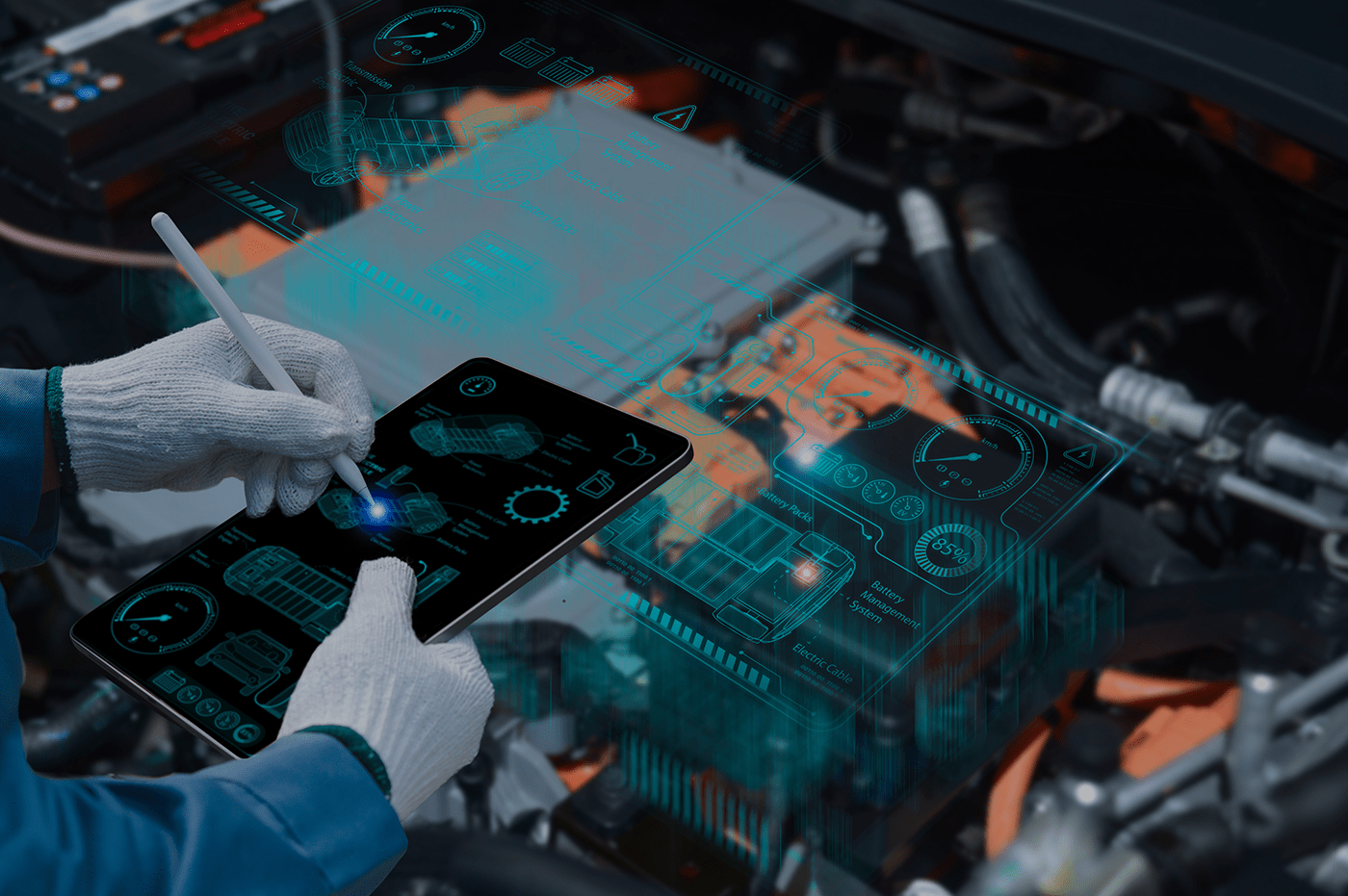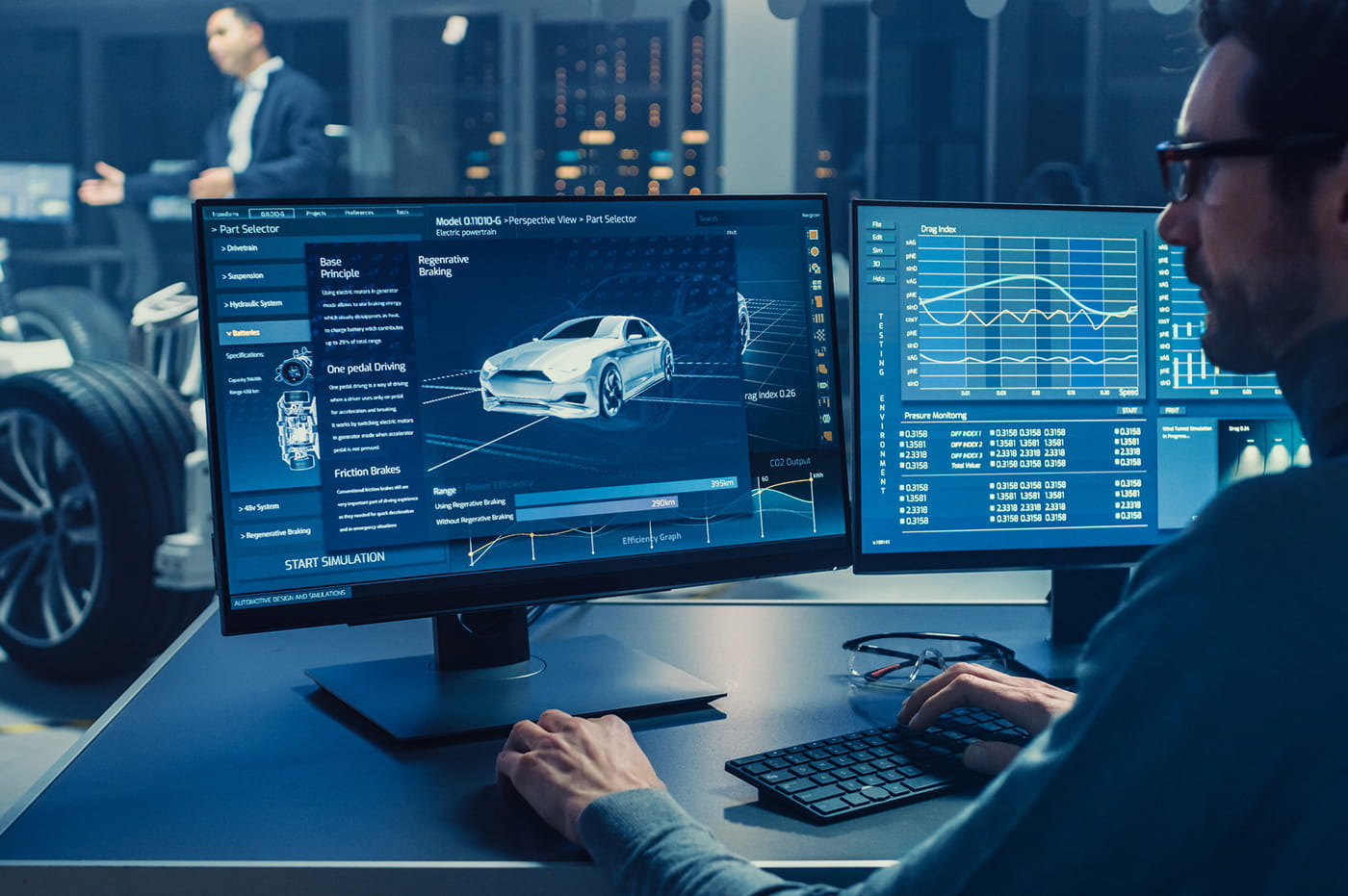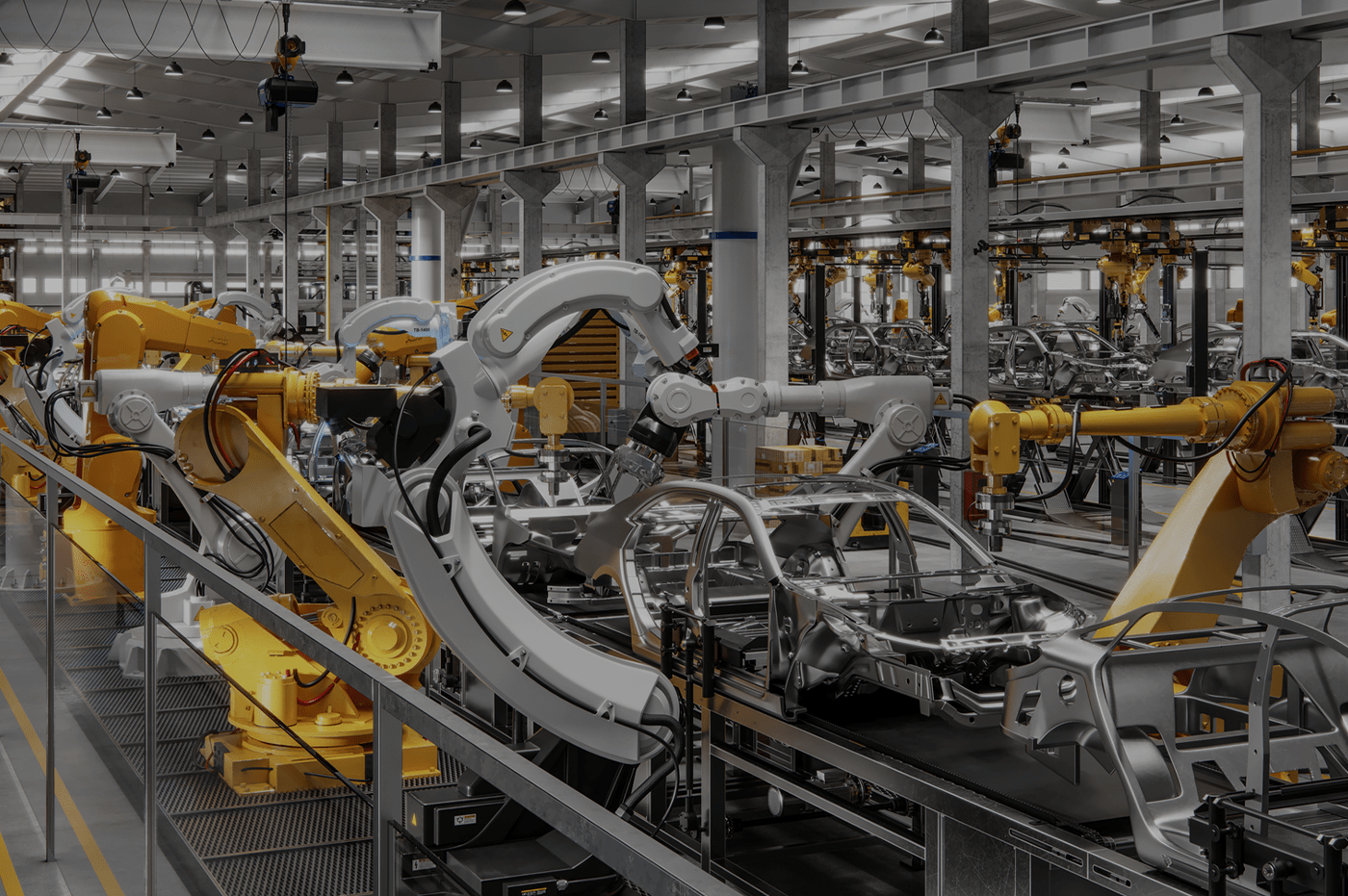What Are Autonomous Vehicles?
Autonomous vehicles (AVs, also called self-driving vehicles) are capable of quickly assessing and adapting to their environment and operating without human involvement using AI machine learning, advanced built-in sensing, and navigation technology to make driving decisions.
AI is redefining how customers look at autonomous vehicles by becoming the lens through which they perceive their value, safety, and potential.
AVs are revolutionizing transportation, mobility, and safety. Motor vehicle operating laws and insurance policies are based on a significant assumption: that a human is behind the wheel. The impact of AVs is still being explored, including how this technology will impact automotive business models.
Over time, these models could evolve in multiple dimensions tailored to customer needs related to comfort, ownership, and pricing models. The commoditization of individual journeys, such as through ride-share services, is leading to increased competition and forcing transportation companies to massively scale fleet operations and consider AVs to accommodate the demand.
Ultimately, AVs could lead to fewer traffic accidents and congestion, passenger behavior monitoring, emissions awareness, and more. However, adoption of autonomous technologies remains in flux. Automotive OEMs and technology companies need to prove that AVs can be trusted to make critical decisions in an environment that is not within the vehicle's complete control.

